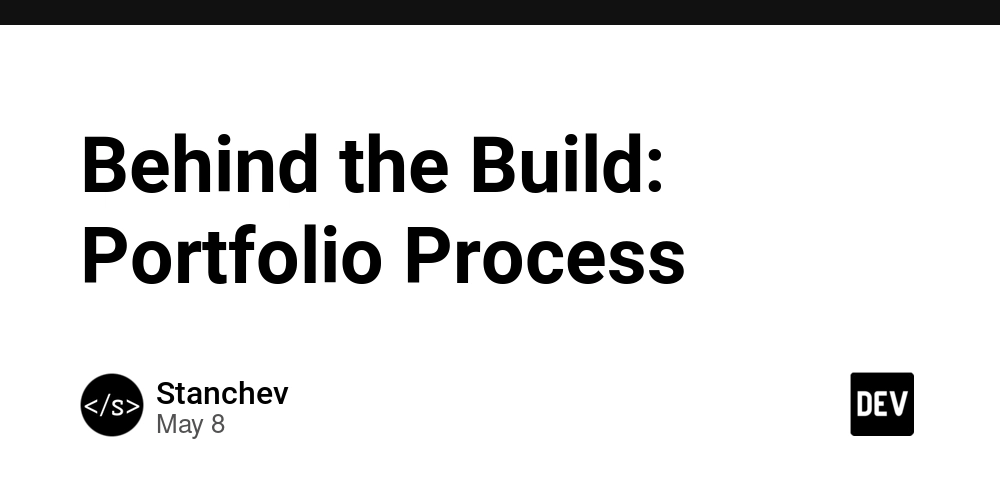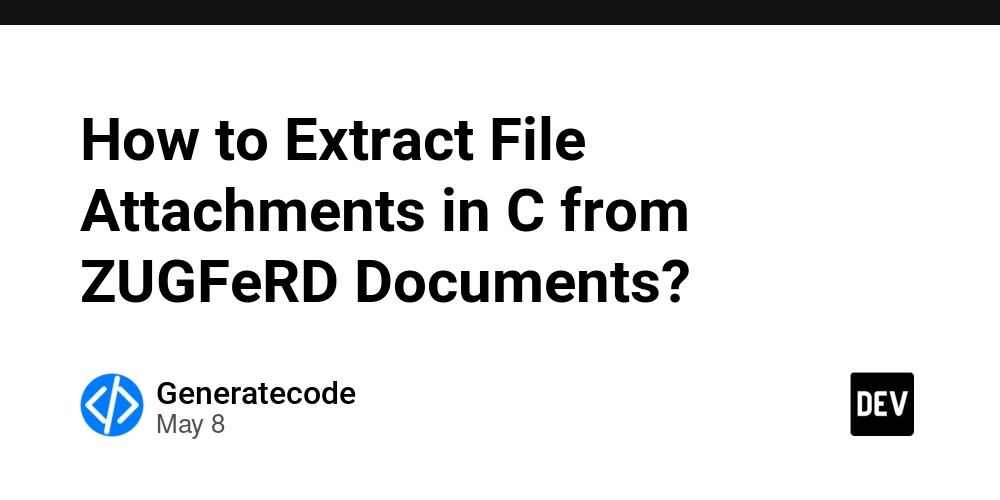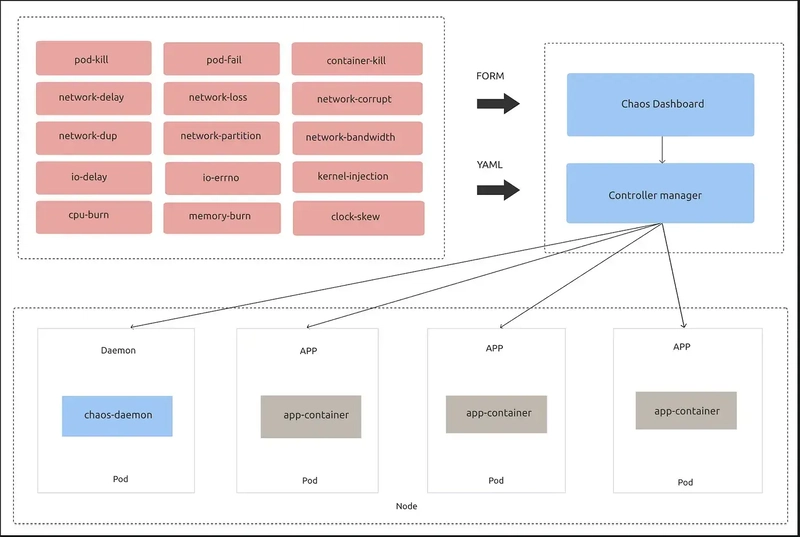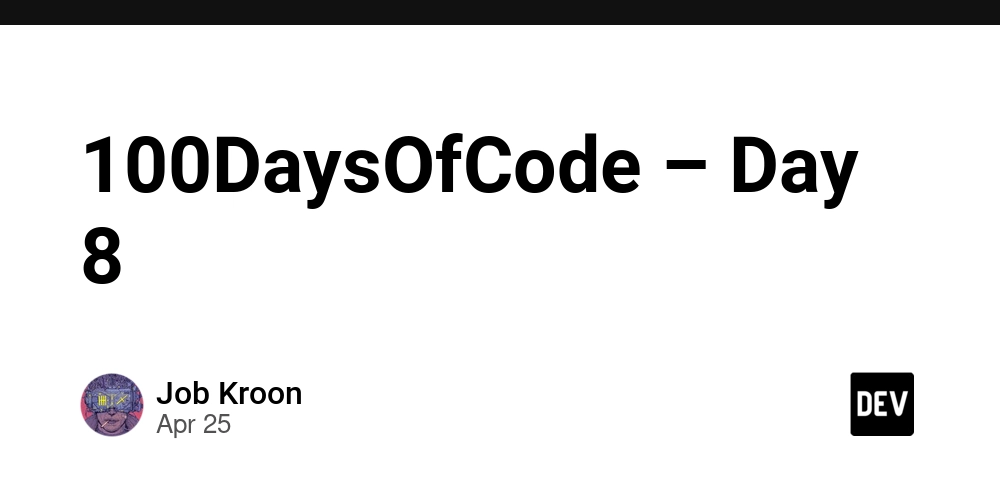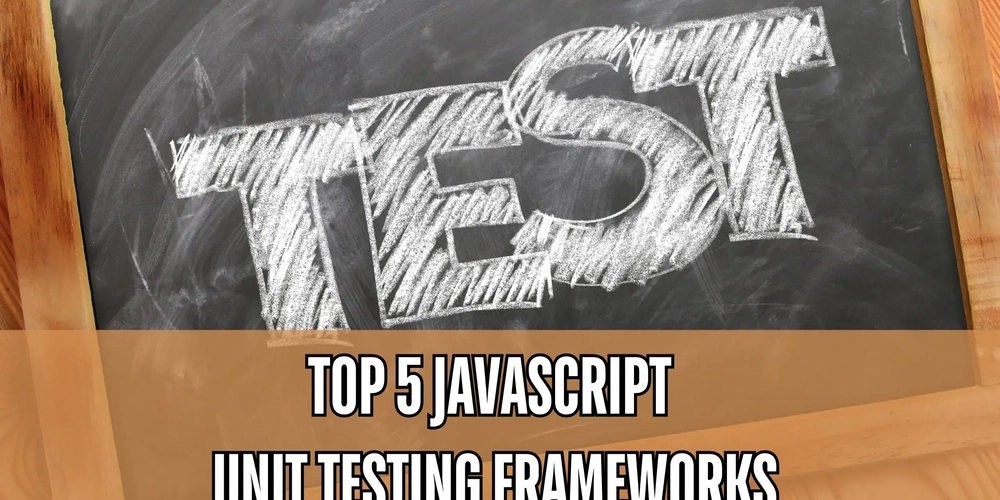LLM Integration in Software Engineering: A Comprehensive Framework of Paradigm Shifts, Core Components & Best Practices
Part 3: Paradigm Shifts with LLM Integration in Large-Scope Software Development (Emphasizing Rapid Learning) When LLMs are deeply integrated, several fundamental paradigm shifts are likely, especially when speed-to-feedback is paramount: From Manual Construction to Generative Development & Solution Exploration: First Principle Basis: Accelerating the translation of ideas into testable artifacts to maximize learning. Shift: Instead of humans meticulously crafting every line of code or every design document from scratch, development becomes a process of guiding LLMs to generate initial versions, explore alternative implementations, or rapidly prototype different approaches to a problem. The human role shifts to high-level specification, refinement, and validation of multiple LLM-generated options. Impact on Rapid Learning: Allows for testing more hypotheses and UI/UX variations much faster than manual methods. "Failing fast" becomes even faster for specific solution ideas. From Singular Human Expertise to Human-AI Symbiosis & Augmented Cognition: First Principle Basis: Leveraging all available intelligence (human and artificial) to solve complex problems more effectively and quickly. Shift: The developer is no longer solely reliant on their own knowledge or immediate team's expertise. LLMs act as an ever-present, knowledgeable (though fallible) partner, offering suggestions, recalling patterns, generating boilerplate, and even providing "second opinions" on design choices. The human curates, directs, and critically evaluates this AI partner. Impact on Rapid Learning: Reduces cognitive load for routine tasks, freeing human developers to focus on higher-level problem-solving, user empathy, and strategic thinking. Can speed up onboarding to new technologies or domains by providing instant (though to be verified) information. From Implementation-Focused to Specification-Driven & Validation-Centric Development: First Principle Basis: Ensuring correctness and fitness-for-purpose when generation speed outpaces manual verification capacity. Shift: As LLMs take on more of the "how" (implementation details), the human's primary focus intensifies on the "what" (clear, unambiguous specifications) and the "did it work" (rigorous validation and testing). Prompt engineering becomes a core skill, effectively a new form of specification. Testing becomes the ultimate arbiter of whether LLM output meets intent. Impact on Rapid Learning: Forces clearer articulation of hypotheses and acceptance criteria before generation. Makes the feedback loop (build-measure-learn) tighter if tests can be rapidly executed against generated code. From Episodic Documentation to Continuous, AI-Assisted Knowledge Synthesis: First Principle Basis: Maintaining shared understanding and context in rapidly evolving systems. Shift: Documentation is less of a separate, often lagging, activity and more of a continuous byproduct. LLMs can draft documentation from code, summarize changes, explain complex segments, or even track the rationale behind certain prompts. Humans curate and refine this, ensuring it accurately reflects the system's state and intent. Impact on Rapid Learning: Can make it easier to understand rapidly changing codebases, onboard new team members to an iterative project, or revisit past design decisions made with LLM assistance. Reduces the friction of documentation in fast-paced environments. From Linear Problem Solving to Parallel Hypothesis Experimentation: First Principle Basis: Exploring the solution space more broadly and quickly to find product-market fit. Shift: With LLMs able to generate variants of features or UI components quickly, teams can design and run A/B tests or other experiments on a much larger scale and with greater frequency. The "build" phase for each variant is compressed. Impact on Rapid Learning: Directly accelerates market testing and user feedback collection on multiple fronts simultaneously, leading to faster convergence on valuable features. Part 4: Core Components of Large-Scope Software Project Development (First Principles) - Adapted for Rapid Development, Learning, AND LLM Integration The application of these components becomes even more dynamic and iterative with LLMs. 1. Problem & Value Definition (The "Why") - Focus: Core Hypothesis & MVP, LLM as Research & Ideation Partner First Principle: Understand the problem and value proposition before building. Core Components: Requirements Gathering & Analysis: Systematically defining what the system must do. Rapid Context: Focus on defining a Minimum Viable Product (MVP) that tests the core value hypothesis. Use lean methods like user stories, pain-point identification, and clear success criteria for the current iteration. LLM Integration: Use LLMs to draft initial user stories from high-level concepts or transcribed user interviews, identify potentia
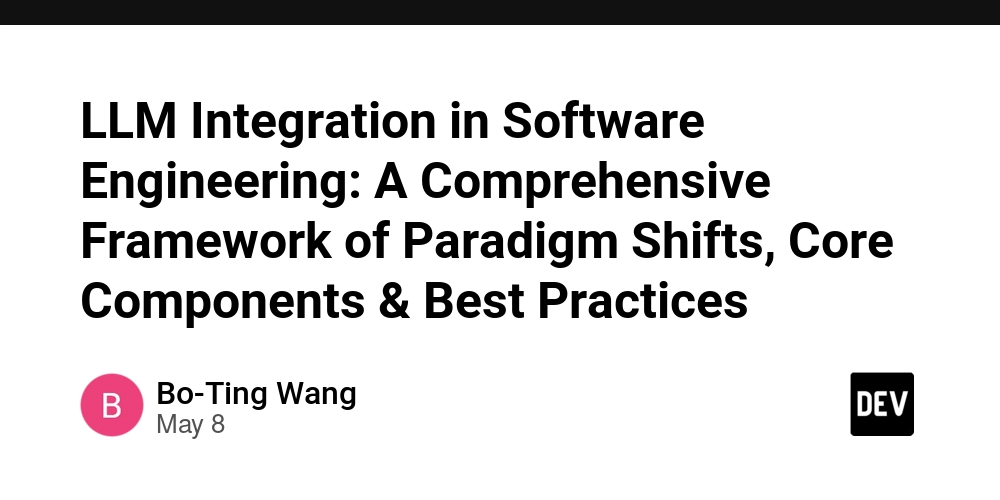
Part 3: Paradigm Shifts with LLM Integration in Large-Scope Software Development (Emphasizing Rapid Learning)
When LLMs are deeply integrated, several fundamental paradigm shifts are likely, especially when speed-to-feedback is paramount:
-
From Manual Construction to Generative Development & Solution Exploration:
- First Principle Basis: Accelerating the translation of ideas into testable artifacts to maximize learning.
- Shift: Instead of humans meticulously crafting every line of code or every design document from scratch, development becomes a process of guiding LLMs to generate initial versions, explore alternative implementations, or rapidly prototype different approaches to a problem. The human role shifts to high-level specification, refinement, and validation of multiple LLM-generated options.
- Impact on Rapid Learning: Allows for testing more hypotheses and UI/UX variations much faster than manual methods. "Failing fast" becomes even faster for specific solution ideas.
-
From Singular Human Expertise to Human-AI Symbiosis & Augmented Cognition:
- First Principle Basis: Leveraging all available intelligence (human and artificial) to solve complex problems more effectively and quickly.
- Shift: The developer is no longer solely reliant on their own knowledge or immediate team's expertise. LLMs act as an ever-present, knowledgeable (though fallible) partner, offering suggestions, recalling patterns, generating boilerplate, and even providing "second opinions" on design choices. The human curates, directs, and critically evaluates this AI partner.
- Impact on Rapid Learning: Reduces cognitive load for routine tasks, freeing human developers to focus on higher-level problem-solving, user empathy, and strategic thinking. Can speed up onboarding to new technologies or domains by providing instant (though to be verified) information.
-
From Implementation-Focused to Specification-Driven & Validation-Centric Development:
- First Principle Basis: Ensuring correctness and fitness-for-purpose when generation speed outpaces manual verification capacity.
- Shift: As LLMs take on more of the "how" (implementation details), the human's primary focus intensifies on the "what" (clear, unambiguous specifications) and the "did it work" (rigorous validation and testing). Prompt engineering becomes a core skill, effectively a new form of specification. Testing becomes the ultimate arbiter of whether LLM output meets intent.
- Impact on Rapid Learning: Forces clearer articulation of hypotheses and acceptance criteria before generation. Makes the feedback loop (build-measure-learn) tighter if tests can be rapidly executed against generated code.
-
From Episodic Documentation to Continuous, AI-Assisted Knowledge Synthesis:
- First Principle Basis: Maintaining shared understanding and context in rapidly evolving systems.
- Shift: Documentation is less of a separate, often lagging, activity and more of a continuous byproduct. LLMs can draft documentation from code, summarize changes, explain complex segments, or even track the rationale behind certain prompts. Humans curate and refine this, ensuring it accurately reflects the system's state and intent.
- Impact on Rapid Learning: Can make it easier to understand rapidly changing codebases, onboard new team members to an iterative project, or revisit past design decisions made with LLM assistance. Reduces the friction of documentation in fast-paced environments.
-
From Linear Problem Solving to Parallel Hypothesis Experimentation:
- First Principle Basis: Exploring the solution space more broadly and quickly to find product-market fit.
- Shift: With LLMs able to generate variants of features or UI components quickly, teams can design and run A/B tests or other experiments on a much larger scale and with greater frequency. The "build" phase for each variant is compressed.
- Impact on Rapid Learning: Directly accelerates market testing and user feedback collection on multiple fronts simultaneously, leading to faster convergence on valuable features.
Part 4: Core Components of Large-Scope Software Project Development (First Principles) - Adapted for Rapid Development, Learning, AND LLM Integration
The application of these components becomes even more dynamic and iterative with LLMs.
1. Problem & Value Definition (The "Why") - Focus: Core Hypothesis & MVP, LLM as Research & Ideation Partner
- First Principle: Understand the problem and value proposition before building.
- Core Components:
- Requirements Gathering & Analysis: Systematically defining what the system must do. Rapid Context: Focus on defining a Minimum Viable Product (MVP) that tests the core value hypothesis. Use lean methods like user stories, pain-point identification, and clear success criteria for the current iteration.
- LLM Integration: Use LLMs to draft initial user stories from high-level concepts or transcribed user interviews, identify potential ambiguities in textual requirements, or brainstorm edge cases based on problem descriptions.
- Feasibility Study & Risk Assessment (Initial): Assessing viability and high-level risks. Rapid Context: Quick assessment of "can we build a basic version quickly?" and "what's the biggest risk to our core assumption?"
- LLM Integration: Query LLMs for common challenges with proposed tech stacks for an MVP, or potential pitfalls in similar problem domains based on its training data.
- Scope Management: Defining clear boundaries. Rapid Context: Ruthlessly scope down to the MVP. Be comfortable saying "not now" to features outside the core learning objective.
- LLM Integration: Use LLMs to analyze requirement lists and identify potential dependencies or scope creep areas based on initial prompts.
- Business Case / Value Proposition: Justifying why the project exists. Rapid Context: Often a "Lean Canvas" or a set of testable hypotheses. Measurable success metrics focus on user engagement and validation of core assumptions for the MVP.
- LLM Integration: Leverage LLMs to research competitor value propositions or draft sections of a lean canvas based on core ideas.
- Stakeholder Identification & Management: Identifying and aligning with key stakeholders. Rapid Context: Maintain close communication with key stakeholders (often a small core team, early adopters).
- LLM Integration: Use LLMs to draft communication templates or summarize feedback for stakeholder updates.
- Requirements Gathering & Analysis: Systematically defining what the system must do. Rapid Context: Focus on defining a Minimum Viable Product (MVP) that tests the core value hypothesis. Use lean methods like user stories, pain-point identification, and clear success criteria for the current iteration.
2. Solution Design & Planning (The "How") - Focus: "Good Enough for Now" & Adaptability, LLM as Design Assistant
- First Principle: Complex systems require deliberate structure, but initial structure can be simpler and evolve; LLMs can explore options within this structure.
- Core Components:
- System Architecture: High-level structure, components, interactions, technologies. Rapid Context: Design for the current needs of the MVP, prioritizing speed of development and ease of modification. May involve choosing simpler architectures or platforms that accelerate initial development, with an understanding that refactoring may be needed later. Document critical decisions and interfaces.
- LLM Integration: Prompt LLMs to suggest architectural patterns for specific parts of the MVP, generate boilerplate for ADRs based on human decisions, or list pros/cons of specific technologies for a given component within the human-defined architecture.
- Explicit Definition of Non-Functional Requirements (NFRs): How well must it do what it does? Rapid Context: Focus on NFRs critical to the MVP's core value.
- LLM Integration: Use LLMs to generate checklists of common NFRs to consider for the type of application being built for the MVP.
- Detailed Design: Breaking down components. Rapid Context: Design enough to build the current iteration. Avoid over-engineering.
- LLM Integration: Use LLMs to generate sequence diagrams (with tools), API endpoint stubs (e.g., OpenAPI), or pseudo-code for modules based on human-provided specifications.
- Data Modeling & Management Strategy: Planning for data. Rapid Context: Simple data models for MVP needs.
- LLM Integration: Ask LLMs to suggest basic data structures or schema definitions for core MVP entities.
- Technology Selection: Choosing tools. Rapid Context: Favor tools enabling rapid development and iteration.
- LLM Integration: Use LLMs to quickly summarize new tools or frameworks that might accelerate MVP development.
- Planning & Estimation: Task breakdown and timelines. Rapid Context: Short, iterative planning cycles.
- LLM Integration: LLMs might help break down user stories into smaller, LLM-actionable tasks, but human oversight on estimation remains critical due to the novelty of LLM-assisted workflows.
- Risk Management (Detailed): Identifying and mitigating risks. Rapid Context: Focus on risks to validating the MVP.
- LLM Integration: New risk category: "LLM-introduced risks" (e.g., hallucinated code, security flaws from training data, incorrect interpretation of prompts). Humans must actively manage this.
- System Architecture: High-level structure, components, interactions, technologies. Rapid Context: Design for the current needs of the MVP, prioritizing speed of development and ease of modification. May involve choosing simpler architectures or platforms that accelerate initial development, with an understanding that refactoring may be needed later. Document critical decisions and interfaces.
3. Implementation & Construction (The "Build") - Focus: Speed & Functional Output, LLM as Co-Pilot/Generator, Human as Specifier & Reviewer
- First Principle: Translate the plan into working code; LLMs dramatically change how this happens.
- Core Components:
- Coding: Writing source code. Rapid Context: Prioritize delivering functional code for the MVP. Adhere to "good enough" coding standards, understanding that refactoring will be necessary.
- LLM Integration: Significant role. Humans provide detailed prompts/specifications. LLMs generate code, boilerplate, unit test stubs. Human role shifts to prompt engineering, code review, debugging complex LLM outputs, and integration. The quality of the prompt directly impacts the quality of the generated code.
- Version Control: Systematically managing codebase changes. Rapid Context: Non-negotiable.
- LLM Integration: LLM-generated code must be meticulously version-controlled. LLMs might draft commit messages, but humans must verify their accuracy and completeness. Prompts themselves might become versioned artifacts.
- Build & Integration (CI): Compiling, managing dependencies, integrating components. Rapid Context: Highly valuable if set up quickly.
- LLM Integration: LLM-generated code is fed into CI. Automated checks in CI become even more critical to catch LLM-introduced errors early.
- Coding: Writing source code. Rapid Context: Prioritize delivering functional code for the MVP. Adhere to "good enough" coding standards, understanding that refactoring will be necessary.
4. Verification & Validation (The "Assurance") - Focus: Core Value Validation & Key Paths, LLM as Test Case Generator
- First Principle: Rigorously check if the system meets requirements and quality standards; LLM output requires stringent validation.
- Core Components:
- Testing (Multi-Level): Unit, integration, system, acceptance tests. Rapid Context: Prioritize testing core functionality and critical user paths of the MVP.
- LLM Integration: Use LLMs to generate test cases based on requirements or existing code, create test data, or even draft BDD scenarios. Humans must review these for relevance, coverage (especially edge cases), and correctness.
- Test Strategy & Planning: Defining the testing approach. Rapid Context: Lean test strategy focused on validating the MVP's value proposition.
- LLM Integration: The test strategy must now explicitly account for verifying LLM-generated code, including potential biases or unexpected behaviors.
- Quality Assurance: Processes ensuring quality. Rapid Context: Focus on fitness for purpose.
- LLM Integration: QA includes validating that the LLM understood the prompt's intent and that the output is free of common LLM-related issues (hallucinations, security flaws).
- Defect Management: Tracking and resolving bugs. Rapid Context: Prioritize bugs blocking core functionality or user learning.
- LLM Integration: LLMs might assist in suggesting potential causes for bugs based on error logs or code snippets, but human diagnosis is key.
- Testing (Multi-Level): Unit, integration, system, acceptance tests. Rapid Context: Prioritize testing core functionality and critical user paths of the MVP.
5. Deployment & Delivery (The "Release") - Focus: Frequent & Simple Releases, LLM as Scripting Aide
- First Principle: Make the verified system available to users reliably.
- Core Components:
- Release Management: Planning and controlling releases. Rapid Context: Aim for frequent, small releases.
- LLM Integration: Use LLMs to draft release notes based on commit logs or feature descriptions.
- Deployment Automation (CD): Using tools for reliable deployments. Rapid Context: Highly desirable.
- LLM Integration: LLMs can help generate deployment scripts (e.g., Dockerfiles, basic IaC templates), but these require careful human review for security and correctness.
- Rollback Strategy & Disaster Recovery (for deployment): Planning for failures. Rapid Context: Basic rollback capability.
- Infrastructure Management: Managing resources. Rapid Context: Use cloud platforms for quick provisioning.
- LLM Integration: LLMs might assist in writing scripts for simple infrastructure tasks.
- Environment Management: Consistent environments. Rapid Context: Ensure dev/test environments are reasonably close to production.
- Release Management: Planning and controlling releases. Rapid Context: Aim for frequent, small releases.
6. Operation & Evolution (The "Sustain") - Focus: Monitoring for Learning & Iteration, LLM as Diagnostic Assistant
- First Principle: Software needs ongoing support and adaptation to remain valuable.
- Core Components:
- Monitoring & Logging: Observing system health and behavior. Rapid Context: Crucial for understanding user behavior.
- LLM Integration: Use LLMs to help parse and summarize logs, identify anomaly patterns (with caution), or draft initial incident reports.
- Alerting & Incident Response: Notification and addressing issues. Rapid Context: Essential for critical failures.
- Maintenance: Bug fixing, updates. Rapid Context: Fix critical bugs.
- LLM Integration: LLMs can suggest fixes for common bugs or assist in refactoring for dependency updates. Human validation is critical.
- Evolution & Enhancement: Adding features, refactoring. Rapid Context: This is the core loop.
- LLM Integration: As in "Build," LLMs assist in implementing new features or refactoring, driven by human specifications derived from user feedback.
- Capacity Planning & Performance Optimization: Managing resources. Rapid Context: Address only when performance becomes a blocker.
- Decommissioning: Planning retirement. Rapid Context: Not an initial focus.
- Monitoring & Logging: Observing system health and behavior. Rapid Context: Crucial for understanding user behavior.
7. Cross-Cutting Concerns (The "Enablers") - Focus: Lean & Agile, LLM Permeates Many Areas
- First Principle: Certain activities underpin the entire process.
- Core Components:
- Project & Process Management: Methodologies, task tracking. Rapid Context: Agile methods.
- LLM Integration: LLMs can help draft status updates, summarize meeting notes, or break down tasks. New process element: managing prompts and LLM interaction history.
- Team & Collaboration: Structure, roles, communication. Rapid Context: Small, empowered, highly communicative teams.
- LLM Integration: New skills like "Prompt Engineering" and "AI Output Validation" become crucial. Team norms for LLM use and review need to be established.
- Skill Development & Training: Ensuring team capabilities. Rapid Context: "Just-in-time" learning.
- LLM Integration: Team needs training on effective and safe LLM use, understanding its limitations.
- Documentation: Recording information. Rapid Context: Minimalist ("just enough") documentation.
- LLM Integration: Significant potential for LLMs to draft code comments, API documentation, and summaries. Humans must meticulously review and curate this for accuracy and clarity. Prompts and LLM configurations become part of the project's "documentation."
- Security (DevSecOps): Integrating security. Rapid Context: Basic security hygiene.
- LLM Integration: Heightened scrutiny needed. LLMs can generate insecure code or replicate vulnerabilities from training data. Security reviews of LLM-generated code are paramount. LLMs might be used to check for some vulnerabilities, but this cannot be the sole defense.
- Configuration Management: Tracking artifacts. Rapid Context: Essential for code.
- LLM Integration: Prompts, specific LLM versions used, and configuration settings for generation become critical artifacts to version.
- Compliance & Governance: Adhering to standards. Rapid Context: Address mandatory compliance.
- LLM Integration: Raises new governance questions about data privacy (if proprietary code is sent to external LLMs), intellectual property of generated code, and accountability for LLM errors.
- Cost Management & Optimization: Managing expenses. Rapid Context: Be mindful of burn rate.
- LLM Integration: Factor in costs of LLM APIs, tools, and training. Assess if speed gains offset these costs.
- Project & Process Management: Methodologies, task tracking. Rapid Context: Agile methods.
Part 5: Engineering Best Practices for Large Scope Software Development (Prioritized for Rapid Value Delivery & LLM Integration)
Best practices are adapted and, in some cases, become even more critical with LLM integration.
-
Rigorous Specification and Requirement Definition - *Adapted to Lean & Testable Hypotheses, with Prompt Engineering as a Core Specification Skill*
- First Principle: Understand and articulate what needs to be built.
- Best Practice Adaptation: Focus on clearly defining the MVP and the core user problems it solves. Use lean requirement techniques.
- LLM Integration: Prompt Engineering as a Specification Art: Develop skills in crafting clear, unambiguous, context-rich prompts that effectively guide LLMs to produce desired outputs. Treat prompts as executable micro-specifications.
-
Deliberate and Documented Architectural Design - *Adapted to "Good Enough" & Evolvability, with Humans Defining Strategic Guardrails for LLMs*
- First Principle: Complex systems need structure.
- Best Practice Adaptation: Design an architecture that is "good enough" for the MVP and allows for rapid iteration. Document key decisions and interfaces.
- LLM Integration: Human Defines Strategic Boundaries, LLM Implements Details: Humans establish the overall architecture, key component boundaries, and non-negotiable constraints. LLMs can then assist in generating code or design details within these established guardrails.
-
Test-Driven and Behavior-Driven Development (TDD/BDD) - *Adapted to Core Value & Critical Paths, Tests as Executable Contracts for LLMs*
- First Principle: Build quality in and ensure intended behavior.
- Best Practice Adaptation: Focus TDD/BDD efforts on the most critical components and user paths of the MVP.
- LLM Integration: Tests as Executable Contracts for LLMs: Write tests before or in conjunction with prompting LLMs for code. These tests serve as precise, executable specifications that LLM output must satisfy, providing a crucial validation layer.
-
Comprehensive Code Review and Quality Assurance Processes - *Adapted to Speed & Fitness-for-Purpose, with Heightened Scrutiny of AI Intent and Artifacts*
- First Principle: Multiple perspectives improve quality.
- Best Practice Adaptation: Streamline code reviews, focusing on correctness of core logic and major architectural impacts. Quality assurance is geared towards ensuring the MVP is usable for feedback and learning.
- LLM Integration: Scrutinizing AI Intent and Artifacts: Code reviews must now also validate if the LLM correctly interpreted the prompt's intent, and check for LLM-specific issues like subtle logical flaws, security vulnerabilities inadvertently introduced, or non-idiomatic/unmaintainable code.
-
Continuous Integration, Continuous Delivery/Deployment (CI/CD), and Robust Monitoring - *Adapted to Enable Rapid Feedback Loops, with Automated Validation of LLM Contributions*
- First Principle: Automation and frequent feedback reduce risk and improve speed.
- Best Practice Adaptation: Strive for simple, effective CI/CD pipelines. Monitoring focuses on user behavior analytics and core system uptime.
- LLM Integration: Automated Validation of LLM Contributions: CI pipelines should incorporate automated checks specifically targeting potential issues in LLM-generated code (e.g., more extensive static analysis, security scans tailored for common LLM errors, checks for adherence to architectural patterns).
-
Prioritized Human Oversight and Responsibility for Critical Systems - *Adapted to Core Logic & Data Integrity, with Non-Delegable Responsibility for Critical AI Output*
- First Principle: Human expertise is vital for high-impact areas.
- Best Practice Adaptation: Core business logic, data integrity, and basic security aspects of the MVP require careful human design and review.
- LLM Integration: Non-Delegable Responsibility for Critical AI Output: For core algorithms, security-sensitive functions, or decisions with significant ethical implications, human design, implementation, and/or exhaustive review of any LLM-assisted code is mandatory. Do not blindly trust or delegate final authority to LLMs in these areas.
-
Incremental Development, Iteration, and Continuous Feedback Loops - *AMPLIFIED IMPORTANCE, with Feedback on AI Collaboration Itself*
- First Principle: Solve large problems by breaking them down and learning iteratively.
- Best Practice Adaptation: This becomes the dominant practice. Build-measure-learn cycles are short and frequent.
- LLM Integration: Feedback on AI Collaboration: The iterative loop now includes evaluating the effectiveness of prompts, the quality of LLM output, and refining strategies for human-AI collaboration to improve speed and quality over time.
-
Thorough Documentation and Knowledge Management - *Adapted to "Just Enough, Just in Time," with Humans Curating AI-Generated Knowledge and Prompt Libraries*
- First Principle: Shared understanding and accessible knowledge are essential.
- Best Practice Adaptation: Documentation is lean and pragmatic, focusing on what's necessary for the current iteration.
- LLM Integration: Curating AI-Generated Knowledge & Prompt Libraries: While LLMs can draft documentation, humans must meticulously review, edit, and organize it. Develop and maintain a library of effective prompts and LLM interaction patterns as part of the team's shared knowledge. Track provenance of LLM-generated artifacts.
This updated view recognizes LLMs as powerful accelerators and force-multipliers but underscores that human intellect, strategic thinking, ethical considerations, and rigorous validation become even more critical in a world of AI-assisted software development, especially when moving fast to learn from the market.
Disclosure: This article was drafted with the assistance of AI. I provided the core concepts, structure, key arguments, references, and repository details, and the AI helped structure the narrative and refine the phrasing. I have reviewed, edited, and stand by the technical accuracy and the value proposition presented.








































































![Beats Studio Pro Wireless Headphones Now Just $169.95 - Save 51%! [Deal]](https://www.iclarified.com/images/news/97258/97258/97258-640.jpg)















![Honor 400 series officially launching on May 22 as design is revealed [Video]](https://i0.wp.com/9to5google.com/wp-content/uploads/sites/4/2025/05/honor-400-series-announcement-1.png?resize=1200%2C628&quality=82&strip=all&ssl=1)






























































































































































































































![[The AI Show Episode 146]: Rise of “AI-First” Companies, AI Job Disruption, GPT-4o Update Gets Rolled Back, How Big Consulting Firms Use AI, and Meta AI App](https://www.marketingaiinstitute.com/hubfs/ep%20146%20cover.png)



















































































































